An unusual artifact sits within Mexico City’s Museum of Anthropology. Fitted fragments of turquoise, carnelians, and white seashells cover the upper half of the skull. Pine resin binds the decor to the bone, creating a colorful mosaic.
Turquoise was an important commodity to many MesoAmerican cultures. It was often valued higher than gold, and its striking blue-green pigment was believed to be a sacred color of the gods.
The turquoise was sourced from the people who lived in territories the Aztecs had conquered, such as present-day Oaxaca, Veracruz, and Guerrero. Huge quantities of the mineral were sent to Tenochtitlan (now Mexico City) every year as a tribute to Emperor Moctezuma. Artisans then used the turquoise to create religious art.
The skull itself likely belonged to the male victim of human sacrifice. Its top has been sawn away to create a hollow vessel, which was probably used to collect the blood from sacrifice victims or to hold other sacred substances.










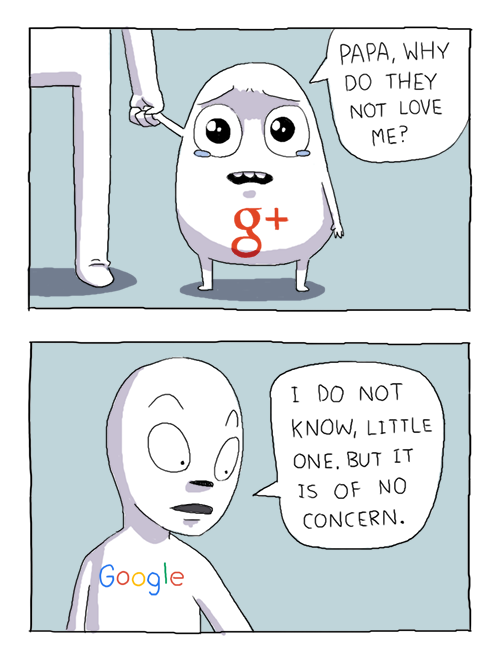













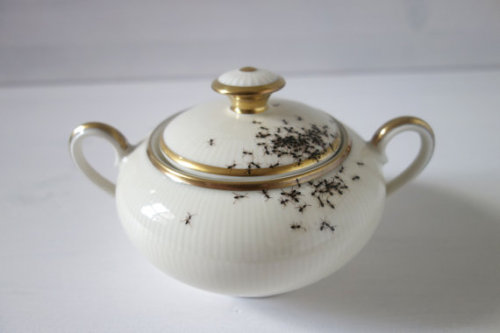
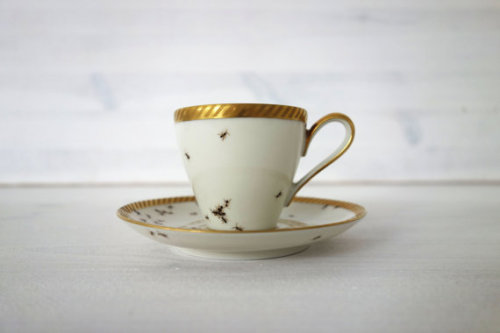
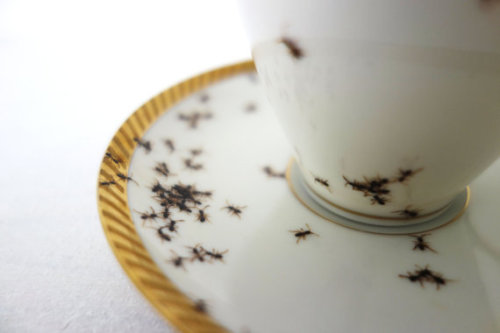
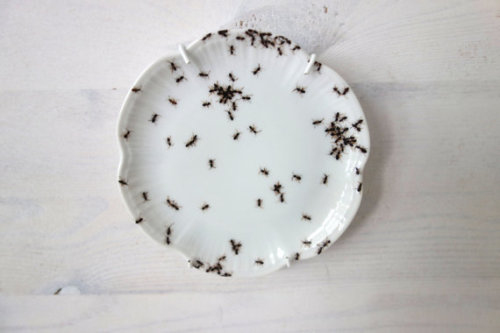


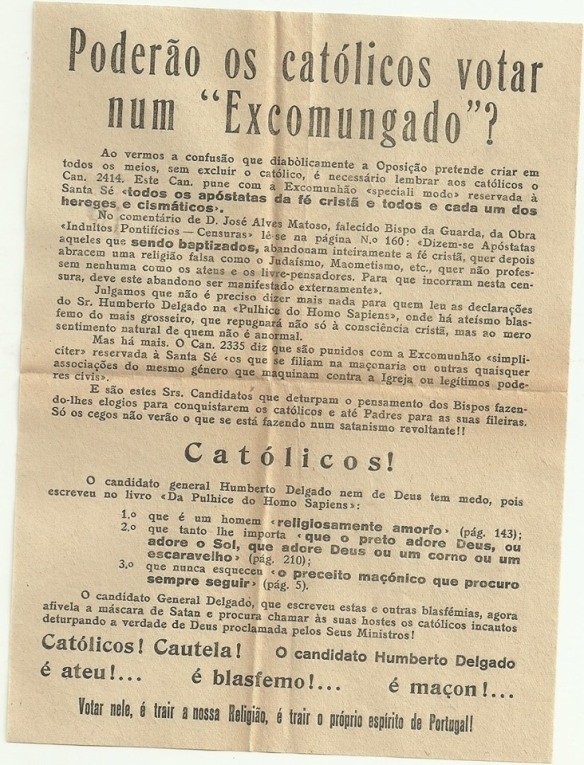

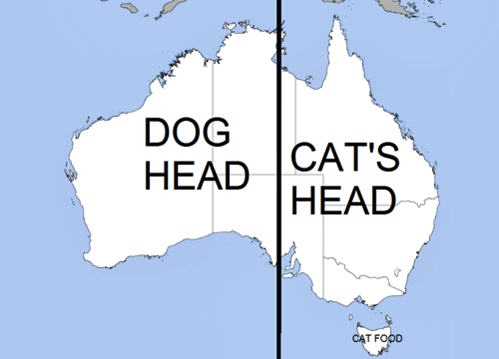



















 Photo by
Photo by 








 Photo by
Photo by 



